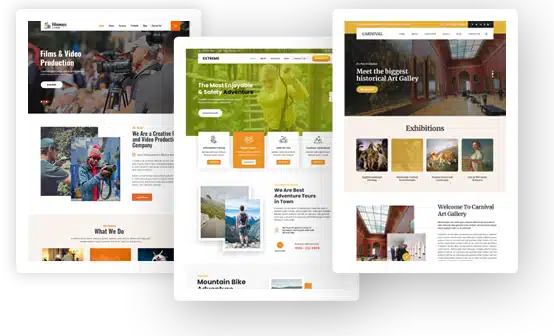What is Conversion Rate Optimization (CRO) & How Does it Help Your Business?

If you have a website that you’re using to market your products and services, appeal is everything. Half the battle is getting your website to rank so you can attract new traffic that has conversion potential. The other half of this equation is found in optimizing your website to get more conversions. Doing so isn’t the easiest undertaking, but the work you put in will be well worth the reward.
If you’ve ever wondered how this works and how it might help your website generate more business, read on to learn more.
What is CRO?
CRO stands for Conversion Rate Optimization. It’s a process by which you make slight modifications to a website’s layout, buttons, visual appeal and content to increase clicks and conversions across the board. Mind you, conversions can be counted as something as simple as a newsletter signup all the way to something more significant like a sale from your online store or a consultation being booked via an online form.
Commonly, many business owners are great at doing what they do… e.g. running their business. But many are unaware of how to optimize their website for conversion rate success. If this happens to be you, worry not. I will dive into a few of the most important aspects of CRO, so you can better reach your sales goals with your business.
A/B Testing
What is A/B testing? This is just a simpler term for “funnel testing.” In its simplest form, this could involve adding a heatmap (like HotJar) and making small tweaks to the icons, call to action text and buttons and above the fold features.
With A/B testing, you essentially serve every other visitor the next segment.
So, visitor 1 might see version A; whereas visitor two might see version B.
Over time, after you’ve had so many visitors, you can determine which conversion rate hacks that you implemented worked and why. Using this data, you can then further optimize your website and all of your conversion funnels by using the A/B method to test and ensure viability.
Improving Your CTR
What is a CTR? This stands for Click Through Rate. In so many words, it’s a percentage that tells you two things:
- How many people saw your website come up in a Google search (impression);
- How many people clicked into your website after finding it (click through rate).
It can also mean:
- How many people clicked over to another page from your home page or the page that they landed on;
- How many other pages they clicked through after clicking on the first page.
In other words, click through ratio is a very important metric that determines how well your conversion rate optimization is working. Of course, conversions generally go hand in hand with a strong CTR… but they are not married.
For example, a strong CTR may not necessarily lead to sales if, say, the product isn’t positioned well, the traffic isn’t transactional, or there is lack of appeal for a product or service. Of course, price point matters, too, here, and should also be taken into consideration.
To improve your CTR, here are a few simple tips:
- Use FOMO (fear of missing out) that adds a limited quantity and time allotment for visitors to make a purchase or complete a conversion goal.
- Include emotional triggers within the content that you are featuring that encourage a mental reaction from your visitors.
- Maintain your focus on attracting traffic from transactional keywords, commonly also referred to as “commercial keywords.” These keywords have the highest potential to turn into new sales and business for your entity.
- You can use tools like SEMRush and Ahrefs along the way to research transactional keywords that you can add to the mix to increase conversions.
- Use WordPress VPS to provide better performance and faster page loading times. Improved page speed can lead to a better user experience, which can positively influence CTR, as users are more likely to click on and engage with your content if it loads quickly.
Adding Remarketing to the Mix
What is remarketing? It’s retargeting to traffic that has already clicked through to your website.
For example, companies like Google and Roll Works offer these services. They connect to your site with a special snippet of code called a “pixel.” This then lets them serve new ads to traffic that has bounced (left your site) and ended up on another site.
- Retargeting helps you reposition your website to potential conversion audiences after they have already clicked on over to another site.
- You can use A/B funnels in retargeting to serve different ad versions along the way to include your CRO A/B funnel for success.
- Retargeting is cost effective; you only pay for the traffic that clicks back to your website (traffic that has a high chance of converting during that second visit).
Putting it All Together
Look, at the end of the day, CRO is a science. It’s tried and true, and time tested. Of course, this varies widely between the business model and the product or service that’s being offered. With this in mind, your CRO may vary widely from another business model.
So what can you do to improve your CRO today? If you are not a CRO expert, consider hiring one. These knowledgeable professionals can help you revamp your website, update your content, and improve your layout and method to generate more interest and conversions.
At the end of the day, CRO can make a big difference in your bottom line. But it can’t start working for you until you integrate it into the mix. So what are you waiting for?

